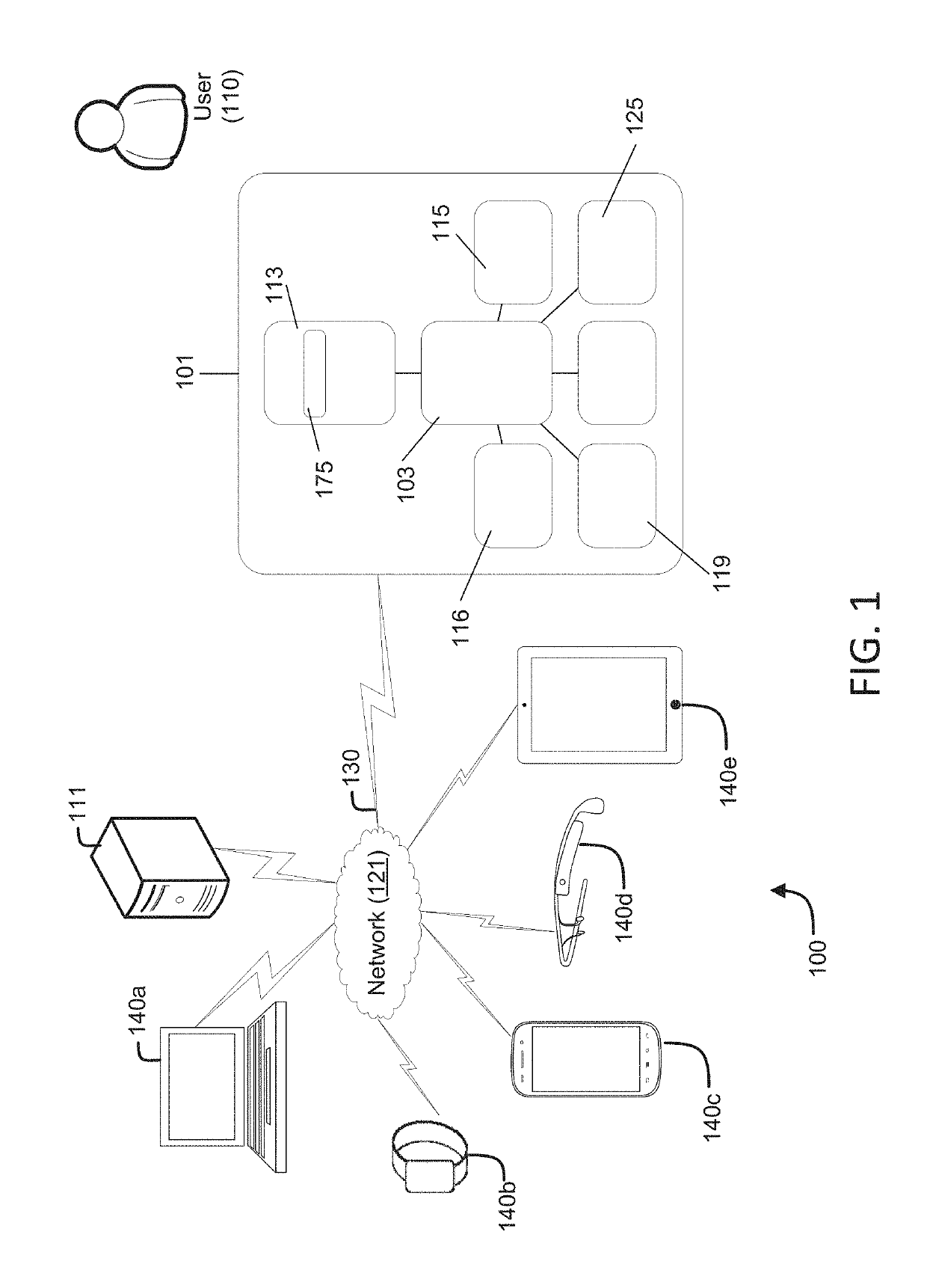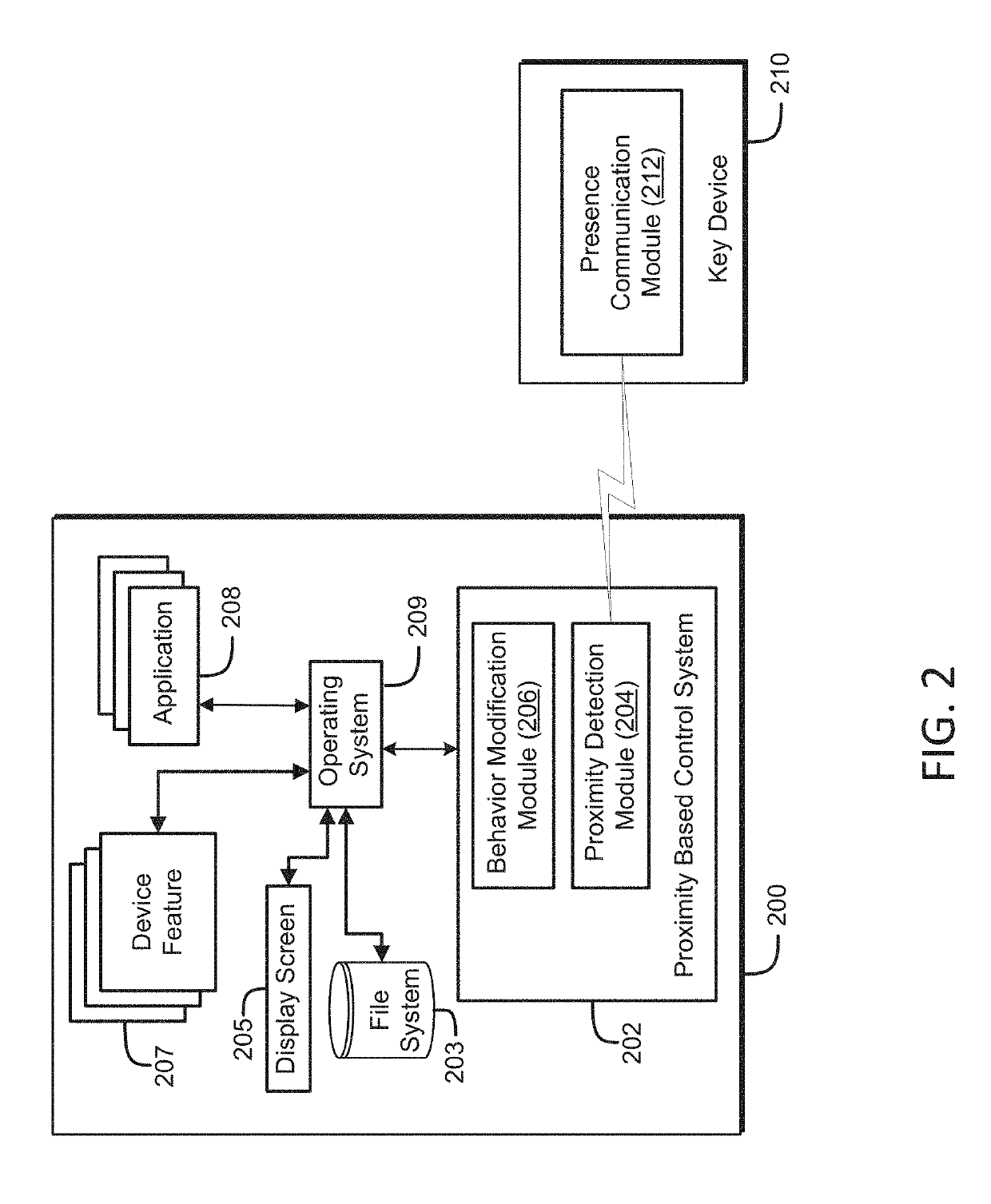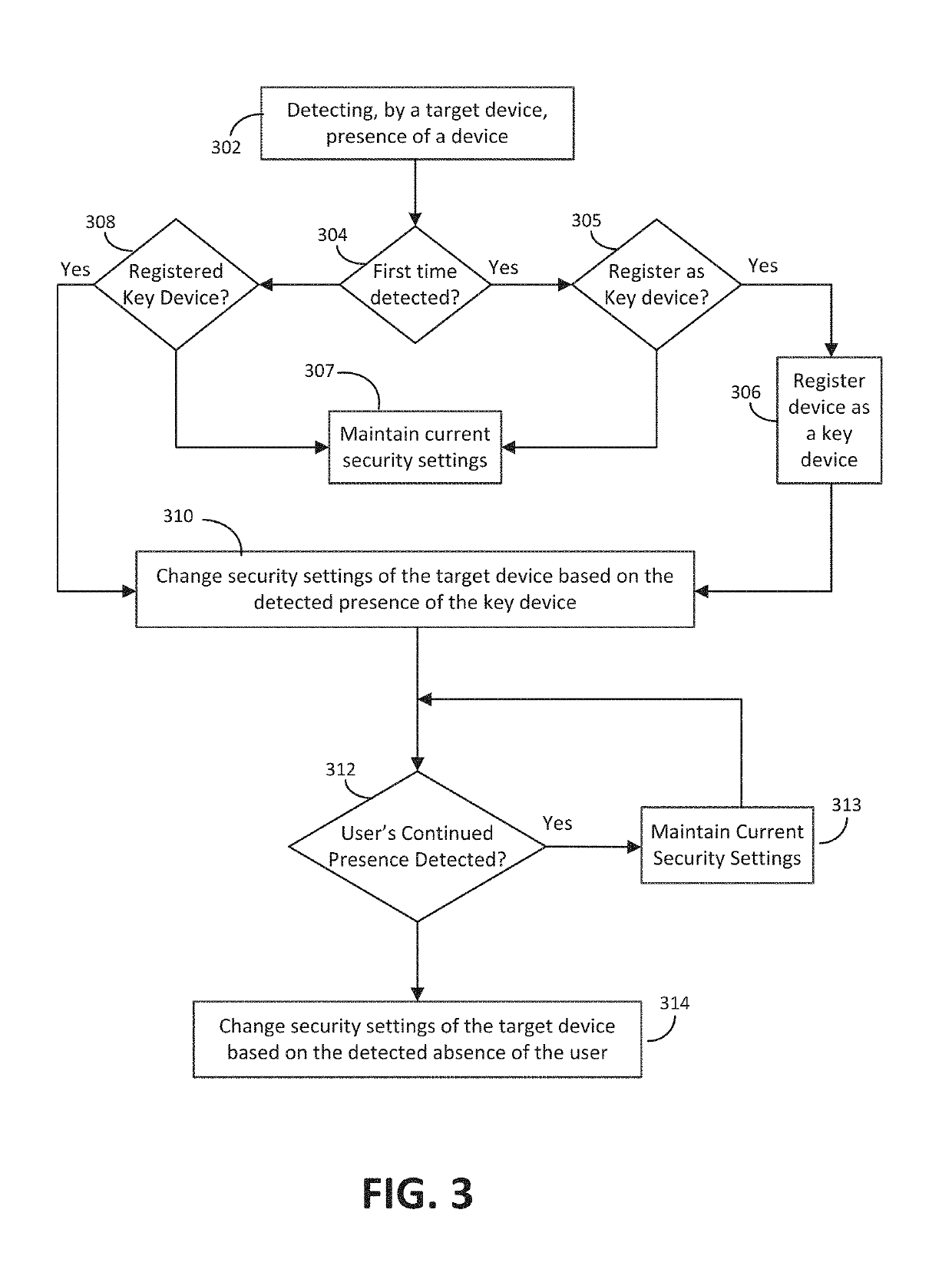Method for changing mobile communication device functionality based upon receipt of a second code
a mobile communication device and functionality technology, applied in the field of information technology, can solve the problems of increasing the time it takes to enter, the mobile electronic communication device has evolved, and the multifunctional device with the capabilities rivaling those of desktop or laptop computers, etc., to reduce user inconvenience, reduce cost, and minimize user inconvenience
- Summary
- Abstract
- Description
- Claims
- Application Information
AI Technical Summary
Benefits of technology
Problems solved by technology
Method used
Image
Examples
an example embodiment
[0083]In an example embodiment, a user Alice awakes in the morning when Alice's iPhone alarm goes off. Alice presses its Touch ID fingerprint identity sensor, which authenticates her to the iPhone device. The security system component of this disclosure determines that the iPhone was in fact configured to have the Touch ID capability turned on, and that Alice has verified her identity to the iPhone, thus Alice is in possession of the iPhone. Alice dresses in her workout outfit, places her iPhone in the pocket of her sweatpants, and walks to the exercise room in her apartment complex for her morning workout. A normal iPhone would, during the period of inactivity during Alice's walk to the exercise room, engage its locking function, but because the security system component on the iPhone is operating, it observes using the motion sensors on the iPhone and a motion classification technique and optionally readings from a device proximity sensor (which detects whether there is an object ...
PUM
 Login to View More
Login to View More Abstract
Description
Claims
Application Information
 Login to View More
Login to View More - R&D
- Intellectual Property
- Life Sciences
- Materials
- Tech Scout
- Unparalleled Data Quality
- Higher Quality Content
- 60% Fewer Hallucinations
Browse by: Latest US Patents, China's latest patents, Technical Efficacy Thesaurus, Application Domain, Technology Topic, Popular Technical Reports.
© 2025 PatSnap. All rights reserved.Legal|Privacy policy|Modern Slavery Act Transparency Statement|Sitemap|About US| Contact US: help@patsnap.com



